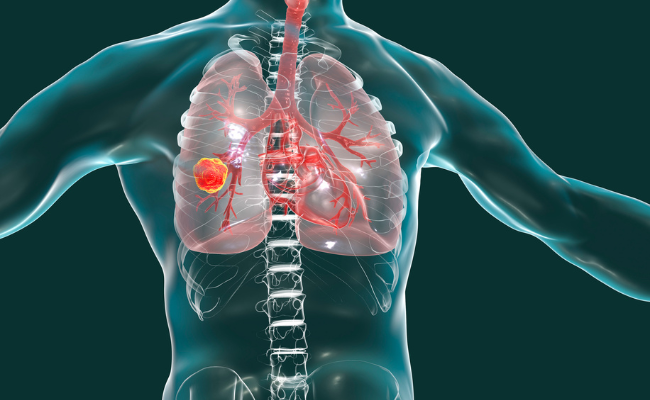How to Treat Pulmonary Embolism?
- December 21, 2023
- No Comments
What is Pulmonary Embolism?
Pulmonary embolism (PE) is a critical medical condition marked by the abrupt blockage of one or more pulmonary arteries in the lungs. This blockage is commonly instigated by blood clots that journey from the legs or other body parts, a condition referred to as deep vein thrombosis (DVT). The formation of a blood clot in the lung's blood vessels defines a pulmonary embolism, where the clot, usually originating in areas like the leg or arm, travels through the veins, lodging itself in the lung. Consequently, this presence hinders the regular blood flow to the lungs, reduces oxygen levels in lung tissues, and increases blood pressure in the pulmonary arteries, potentially resulting in severe complications and posing a life-threatening risk.
Why is Pulmonary Embolism a Concern?
Pulmonary embolism poses a significant health risk due to its potential to cause respiratory distress and compromise the cardiovascular system. If left untreated, PE can result in permanent damage to the lungs and heart, and in severe cases, it can lead to fatal consequences. The key is to recognize the symptoms and seek prompt medical attention to prevent further complications.
How to Identify Pulmonary Embolism?
- Identifying pulmonary embolism involves recognizing its symptoms, which can vary in severity. Common signs and symptoms include sudden shortness of breath, chest pain that may become worse with deep breathing or coughing, rapid heart rate, cough that may produce bloody or blood-streaked sputum, and feelings of lightheadedness or dizziness.
- Diagnostic methods include imaging tests such as computed tomography pulmonary angiography (CTPA), ventilation-perfusion (V/Q) scan, and pulmonary angiography. Blood tests, such as D-dimer testing, can also be employed to help diagnose or rule out PE.
Treatment Solutions for Pulmonary Embolism
- Anticoagulant Medications: The primary goal of treating pulmonary embolism is to prevent further blood clot formation and to allow the body to dissolve existing clots. Anticoagulant medications, commonly referred to as blood thinners, are a fundamental component of PE treatment. These medications include heparin and warfarin, among others. Heparin is often administered initially, followed by a transition to long-term use of warfarin.
- Thrombolytic Therapy: In more severe cases of pulmonary embolism where there is a substantial risk of life-threatening complications, thrombolytic therapy may be employed. This treatment involves the administration of medications such as alteplase to dissolve blood clots quickly. However, thrombolytic therapy carries a higher risk of bleeding complications and is reserved for critical situations.
- Inferior Vena Cava (IVC) Filter: In situations where anticoagulant therapy is contraindicated or insufficient, an IVC filter may be inserted. This device is designed to trap large blood clots before they can reach the lungs. It is typically recommended for individuals with a history of recurrent PE or those who cannot tolerate anticoagulant medications.
- Surgical Embolectomy: In rare cases, when other treatments are not viable or have failed, a surgical embolectomy may be considered. This procedure involves the removal of the blood clot from the pulmonary arteries, restoring normal blood flow.
Benefits of Prompt Pulmonary Embolism Treatment
- Prevention of Complications: Timely treatment of pulmonary embolism is crucial for preventing complications such as pulmonary infarction, chronic thromboembolic pulmonary hypertension, and recurrent thromboembolism. Effective management reduces the risk of long-term damage to the lungs and heart.
- Improved Survival Rates: Early intervention significantly improves the chances of survival for individuals with pulmonary embolism. Quick administration of anticoagulant therapy or other appropriate treatments helps prevent the progression of the condition to a life-threatening stage.
- Enhanced Quality of Life: Successful treatment not only preserves life but also contributes to a better quality of life for survivors. By preventing recurrent pulmonary embolism and related complications, individuals can maintain better respiratory and cardiovascular function.
- Reduced Hospitalization: Prompt and effective treatment often results in shorter hospital stays, reducing healthcare costs and minimizing the burden on both patients and healthcare systems.











Comments (0)
No comments yet